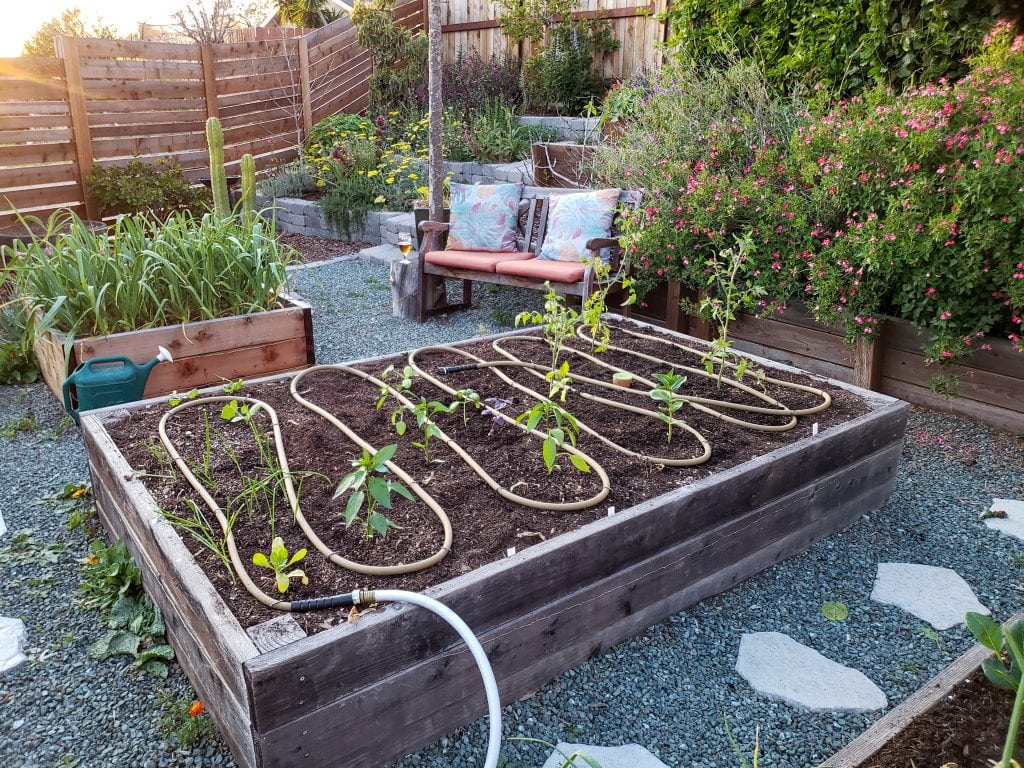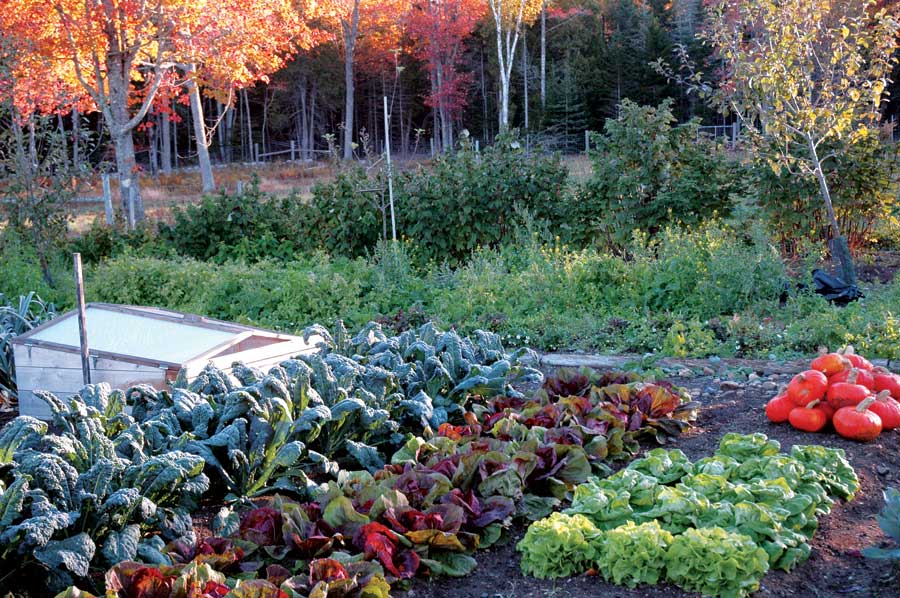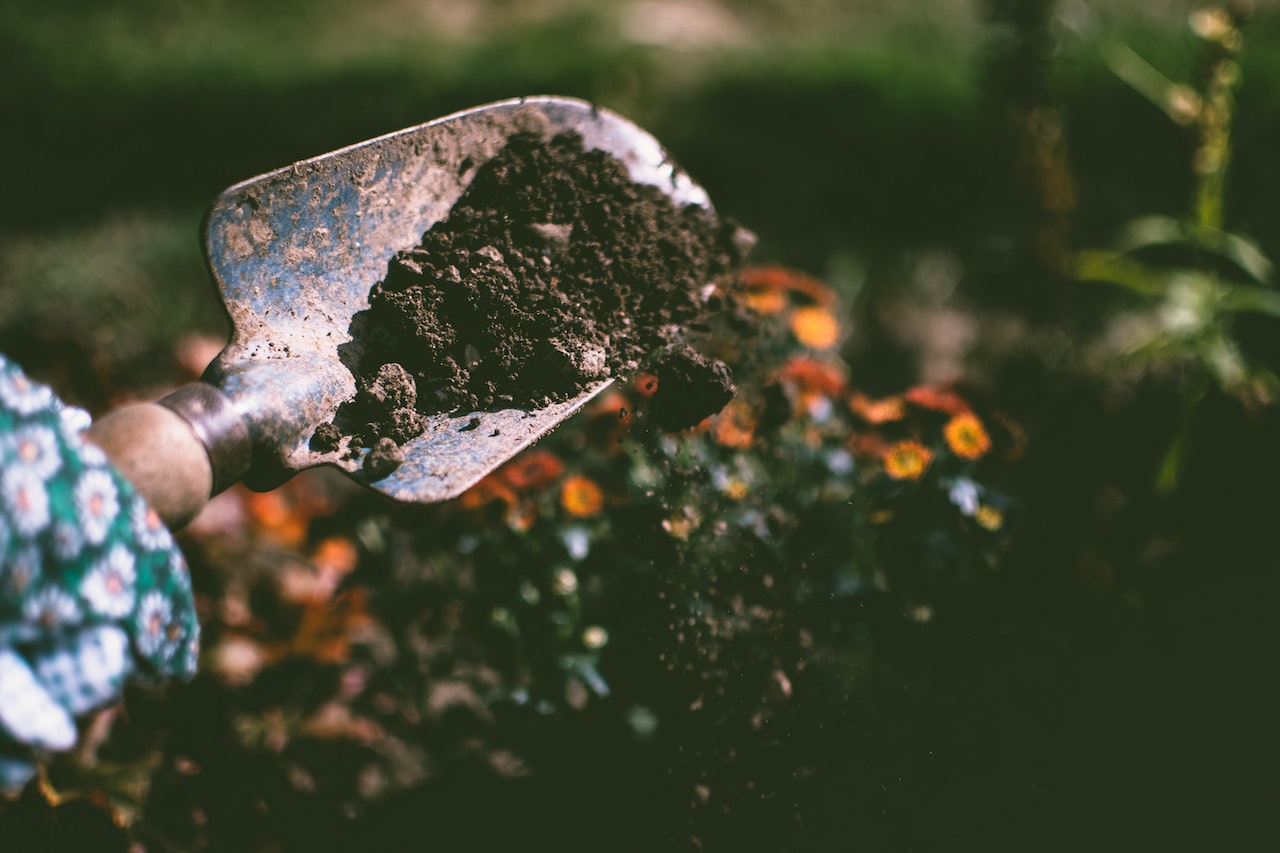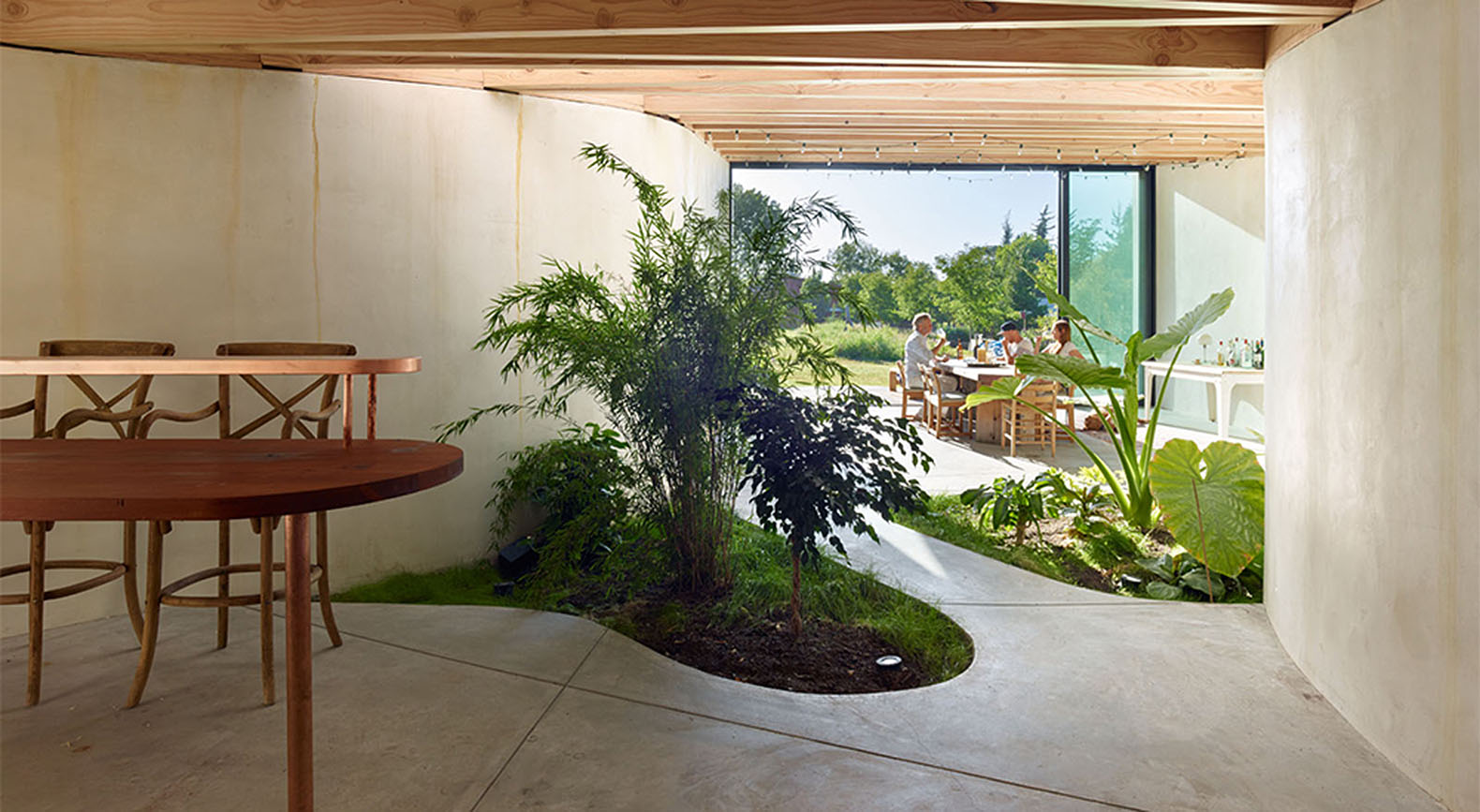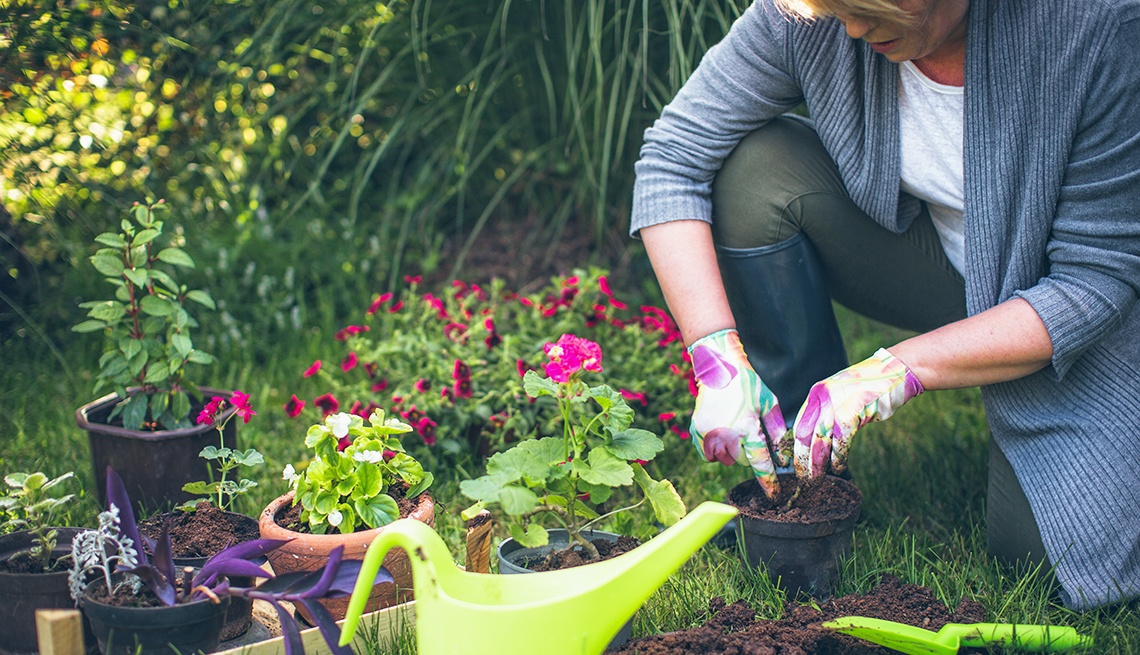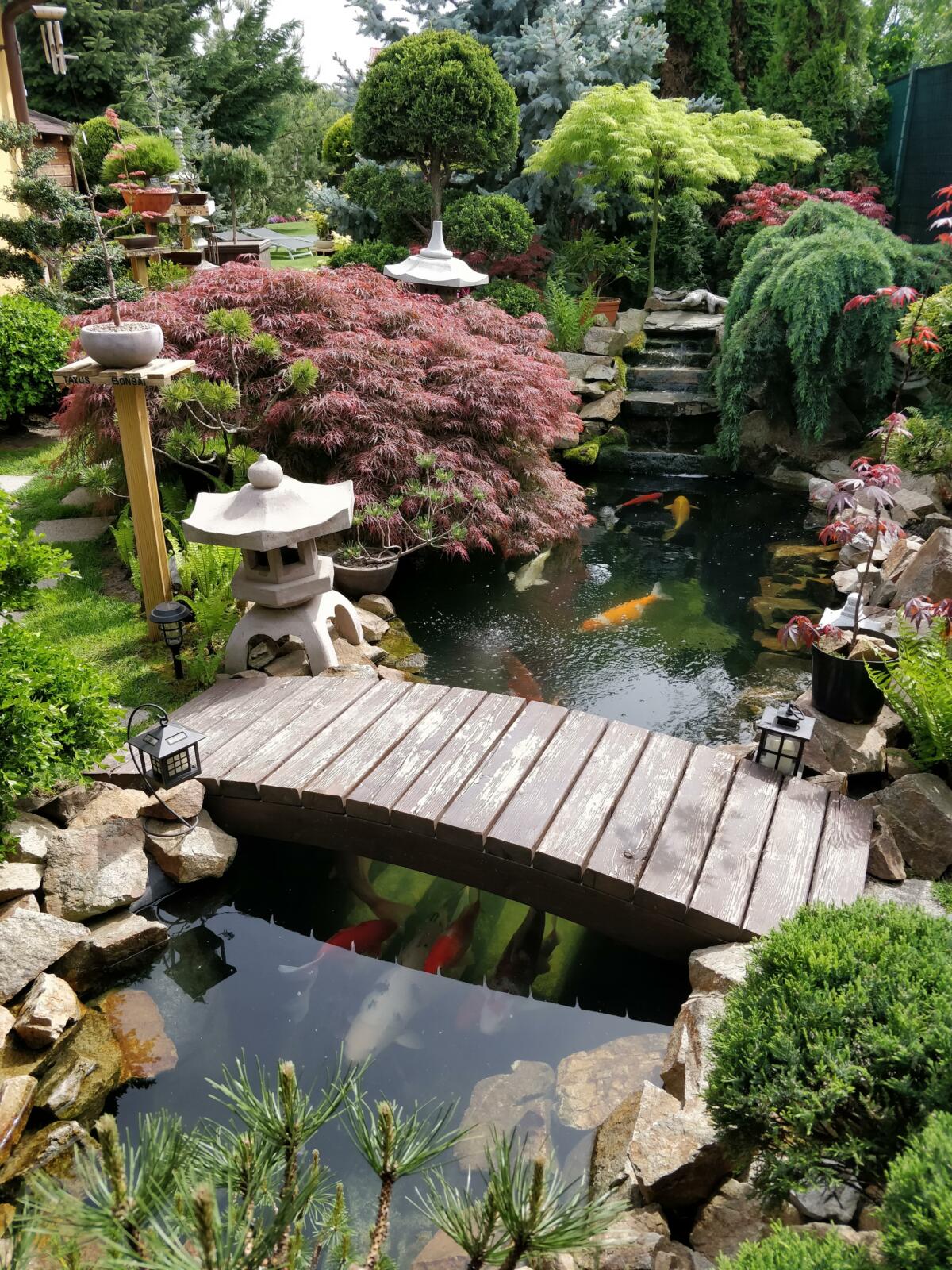Did you know that up to 50% of water used in traditional gardening is wasted through evaporation or runoff?Efficient watering systems are game-changers. From drip irrigation to soaker hoses, these smart solutions not only conserve water but also promote healthier plant growth. In this post, we’ll explore the benefits of implementing overhead irrigation systems in your own backyard garden space.
Whether you’re a seasoned gardener or just starting out, finding the right watering system can be overwhelming. We’ll break down the options and provide practical tips for choosing and installing an efficient setup tailored to your garden’s needs, including raised beds and bed irrigation. Get ready to unlock the secrets of maximizing yield while minimizing water usage – your plants will thank you!
Key Takeaways
- Implement a drip irrigation system to efficiently water small vegetable gardens, as it provides targeted watering and minimizes water waste.
- Consider using soaker hoses and garden grids for even water distribution, especially in raised-bed gardens, to ensure optimal moisture levels for your plants.
- When choosing a watering system, prioritize water conservation by selecting options that minimize evaporation and runoff, such as drip irrigation or soaker hoses.
- Invest in a timer or automated watering system to maintain consistent watering, even when you are away, ensuring the health of your garden during your absence.
- Prioritize the specific watering needs of seedlings by utilizing gentle watering methods, such as misting or adjustable drip emitters, to avoid overwhelming delicate plants.
- Evaluate your irrigation options based on the size and layout of your garden, considering factors such as water pressure, plant types, and the ability to customize watering schedules.
Efficient Watering Fundamentals
Irrigation Types
There are several options to consider. Drip irrigation is a method that involves delivering water directly to the base of plants through a network of tubing and emitters, minimizing water waste. Soaker hoses are another excellent choice for a garden irrigation system, as they allow water to seep slowly into the soil along their length, ensuring deep root hydration. garden grid systems, such as square foot gardening grids or raised bed watering systems, provide targeted watering and prevent runoff.
Drip irrigation is like using a straw to drink directly from a glass, while soaker hoses act more like a sponge slowly releasing water into the soil around plants. Garden grid systems offer an organized approach by providing specific areas for each plant’s water needs and overhead watering.
Watering Tips
Maintaining proper soil moisture levels is crucial for healthy plant growth in small vegetable gardens. It’s essential to ensure that the soil doesn’t dry out completely between watering sessions but also doesn’t become excessively wet. Watering at the base of plants rather than over their foliage helps deliver moisture where it’s needed most—directly to the roots. Furthermore, applying mulch around plants and using overhead watering can significantly aid in retaining moisture by preventing evaporation and reducing weed competition.
Think of your garden as having its own hydration preferences; just like people prefer drinking from a glass rather than having water poured over their heads! Applying mulch is akin to putting on sunscreen—it protects against dehydration caused by excessive sun exposure.
Frequency Considerations
Adapting your watering frequency based on weather conditions is vital for maintaining an efficient watering schedule in small vegetable gardens. During hot and dry periods, you may need to increase watering frequency, while rainy spells might necessitate dialing back irrigation sessions. Understanding individual plant water requirements and monitoring soil moisture levels can help tailor your watering routine accordingly.
Adjusting your garden’s thirst according to weather changes mirrors how we adjust our clothing choices depending on temperature fluctuations—shorts during summer heatwaves and coats during chilly winters!
Recognizing Signs
Identifying signs of both overwatering and underwatering is crucial for preventing damage to vegetables in small gardens due to improper hydration levels. Overwatering symptoms include yellowing leaves, wilting despite moist soil, or mold growth near plant bases; underwatered plants often display wilted or curled leaves with dry soil surrounding them.
Choosing the Right System
Factors to Consider
When selecting an efficient watering system for small vegetable gardens, several factors should be taken into account. Firstly, consider the soil type and its drainage capabilities. Sandy soil drains water faster than clay soil, impacting how often you need to water your plants. Think about the impact of plant spacing on watering needs. Closer plant spacing may require more frequent watering due to increased competition for water resources. Moreover, take into account the effects of sun exposure on water requirements. Plants in sunnier spots might need more frequent watering compared to those in shaded areas.
Another aspect is customizing irrigation based on different plant types in your garden. For instance, leafy greens may require a different watering approach than root vegetables or fruit-bearing plants. Furthermore, if you have raised beds in your garden, adapting the watering system to suit these structures can be beneficial as they tend to drain differently from traditional garden beds.
Tailoring watering schedules for individual plants according to their specific needs can also enhance efficiency by ensuring that each plant receives adequate moisture without wastage.
System Tailoring
Customizing an efficient watering system involves considering various options tailored specifically for small vegetable gardens:
- Drip irrigation: A great option that delivers water directly to the base of each plant’s stem.
- Soaker hoses: Another excellent choice which allows slow seepage along their length.
- Watering wands: Ideal for spot-watering individual plants and are adjustable based on specific plant needs.
By tailoring your chosen method with these options based on your garden’s layout and vegetation mix, you maximize efficiency while conserving water resources.
Cold Weather Maintenance
In colder climates or during winter months when temperatures drop significantly:
- Winterize irrigation systems by draining them completely and protecting them from freezing temperatures.
- Shield delicate plants from frost damage using protective coverings such as cloches or row covers.
- Adjust watering frequency during cold weather; reduce it since evaporation rates are lower and plants generally require less moisture.
Drip Irrigation Benefits
System Setup
It’s important to ensure that the water is reaching the root zone of each plant. This involves strategically placing the drip lines or emitters near the base of the plants. For example, in a small vegetable garden, you can set up a simple system using PVC pipes and connectors to create an efficient layout.
Setting up soaker hoses effectively involves laying them out in straight lines along your rows of vegetables. These hoses slowly seep water directly into the soil, ensuring minimal evaporation and targeting specific areas for watering.
Implementing garden grid layouts helps optimize space and ensures that each plant receives adequate water. By dividing your garden into square-foot sections, you can plan where to place emitters or soaker hoses based on each plant’s water needs.
Maximizing Efficiency
Reducing water waste with efficient systems is crucial for small vegetable gardens. Drip irrigation minimizes wastage by delivering water directly to the roots, preventing runoff and evaporation. This method also reduces weed growth since only targeted areas receive moisture.
Utilizing timers for precise watering schedules allows you to customize when and how long your garden is watered. This prevents over-watering or under-watering while conserving resources by providing just enough moisture at optimal times.
Incorporating rain sensors for automated adjustments further enhances efficiency by detecting natural precipitation and adjusting your watering schedule accordingly. When rain sensors detect sufficient rainfall, they signal the irrigation system to pause, preventing unnecessary watering during wet conditions.
Soaker Hoses and Garden Grids
Soaker Hose Advantages
Soaker hoses are efficient watering systems for small vegetable gardens because they ensure even water distribution along the length. This means that every inch of your garden receives the right amount of water, promoting healthy plant growth. By preventing foliage wetting, soaker hoses also reduce the risk of diseases caused by excess moisture on leaves. Imagine a gentle rain shower directly at the base of your plants, keeping them nourished without exposing them to unnecessary dampness.
Furthermore, soaker hoses are ideal for narrow or irregularly shaped areas where traditional sprinklers or drip irrigation systems might struggle to reach. They can be easily maneuvered around tight corners and bends in your garden beds, ensuring that every plant gets its fair share of hydration. With their flexibility and adaptability, soaker hoses provide an efficient solution for gardens with diverse layouts.
Garden Grid Utility
Garden grids offer a practical solution. These grids facilitate easy customization for different crops, allowing you to tailor the watering system according to each type of plant’s needs. For instance, if you have lettuce growing in one section and tomatoes in another, you can adjust the grid’s layout to deliver more water where it’s needed most.
Moreover, using a garden grid helps conserve water by avoiding overspray or runoff that often occurs with conventional sprinkler systems. Instead of drenching entire patches of soil unnecessarily, you can direct water precisely where it’s required – at the base of each plant – reducing waste and promoting eco-friendly gardening practices.
In addition to these advantages mentioned above about soaker hoses and garden grids in efficient watering systems for small vegetable gardens…
Raised-Bed Watering Strategies
Enhancing Techniques
Incorporating drip tape can be a game-changer. This method ensures precise and targeted irrigation, delivering water directly to the root zones of plants. By using micro-sprinklers, you can further enhance your bed irrigation system, providing specific areas with the right amount of water they need. Implementing adjustable emitters allows for versatile use, catering to different plant requirements within the garden beds.
Automatic systems offer numerous benefits. These solutions not only provide convenience but also ensure consistent watering even when you’re away from your garden. Installing timers and controllers enables you to schedule watering times effectively, ensuring that your plants receive adequate moisture without manual intervention.
Overhead vs. Drip
Comparing water efficiency between overhead and drip methods reveals significant differences in how each approach utilizes water resources in small vegetable gardens. While overhead watering may seem convenient at first glance, it can lead to foliage diseases due to excess moisture on leaves and stems. On the other hand, drip irrigation excels in conserving water by delivering it directly to the roots of plants without wetting their foliage unnecessarily.
Conserving Water in Small Gardens
Methods of Conservation
Utilizing rain barrels to collect water
Rain barrels are an efficient way to collect and store rainwater for later use in the garden. By placing a barrel under a downspout, you can capture runoff from your roof, which would otherwise be lost. This collected water can then be used during dry periods, reducing the need for tap water.
Implementing drip systems to reduce runoff
Drip irrigation systems deliver water directly to the base of plants, minimizing evaporation and runoff. These systems are highly efficient as they ensure that water reaches the roots where it’s needed most. By using drip irrigation, you can significantly reduce overall water usage while promoting healthy plant growth.
Mulching to minimize evaporation and conserve moisture
Applying a layer of mulch around plants helps retain soil moisture by reducing evaporation. Mulch also acts as an insulating barrier between the soil and the air, helping maintain consistent soil moisture levels. This method is especially effective in small gardens with limited space.
Optimizing Hand-Watering
Targeted watering at the base of plants
When hand-watering your small vegetable garden, aim to deliver water directly to the root zone of each plant instead of spraying over a wide area. Directing water at the base ensures that it goes straight to where it’s needed most – right at the roots – maximizing its effectiveness.
Avoiding excessive foliage wetting
Minimize wetting leaves unnecessarily when hand-watering your garden as this can lead to disease issues such as powdery mildew on cucumbers or other vegetables with sensitive foliage. Focusing on delivering water specifically to the soil around each plant reduces unnecessary wetness on leaves.
Maintaining consistent soil moisture levels
Consistency is key when hand-watering small gardens; frequent but shallow watering helps promote healthy root development without wasting excess water through runoff or deep percolation beyond reach of plant roots.
Watering While Away
Automatic Watering Benefits
Automatic watering systems offer consistent moisture levels for healthy plants. These systems provide the right amount of water at regular intervals, ensuring that your vegetables receive the hydration they need to thrive. With automated watering, you can save time and effort by eliminating the need to manually water your garden every day. This is especially beneficial for individuals with busy schedules or those who are frequently away from home.
These systems also prevent under or overwatering, which can be detrimental to plant health. By delivering a steady supply of water, automatic watering helps maintain optimal soil moisture levels, reducing the risk of both underwatering, which can lead to wilting and stunted growth, and overwatering, which may cause root rot and other issues.
Vacation Watering Solutions
There are several strategies you can employ. Utilizing timers is an effective way to ensure that your small vegetable garden receives adequate moisture while you’re away. Timers can be attached to hoses or irrigation systems, allowing you to schedule specific times for watering without needing someone else’s assistance.
Another option for vacation watering solutions is self-watering devices. These devices come in various forms such as drip irrigation kits or self-watering pots and containers. They work by gradually releasing water into the soil as needed, providing a continuous water supply for your plants even when you’re not around.
Ensuring plant survival during extended periods away involves careful planning and consideration of your garden’s specific needs. Before leaving on vacation, it’s essential to assess factors such as weather conditions and plant requirements so that appropriate measures can be taken. For example: if you expect hot weather during your absence; setting up shade cloth could help reduce evaporation from the soil.
Watering Systems for Seedlings
Seedling Water Needs
Seedlings have delicate water needs, requiring gentle and consistent moisture for successful germination. It’s crucial to understand the importance of providing just the right amount of water to prevent issues like damping off, which can lead to seedling death. Using an appropriate watering system is vital in ensuring that the soil remains consistently moist without becoming waterlogged.
For instance, a garden irrigation system with adjustable settings can provide a gentle mist or light spray directly over the seedlings, mimicking natural rainfall and preventing excessive saturation. This helps maintain ideal moisture levels without overwhelming the young plants.
Properly understanding your seedlings’ water needs allows you to make informed decisions about when and how much to water them. By recognizing their vulnerability to both under- and over-watering, you can take steps to mitigate these risks and promote healthy growth from the start.
Proper Seedling Frequency
Establishing a balanced approach to seedling hydration involves finding a middle ground between underwatering and overwatering. Overwatering can lead to root rot, depriving the seedlings of essential oxygen and causing irreversible damage. On the other hand, inadequate watering can stunt growth or even cause wilting.
Utilizing a suitable garden irrigation system, such as drip irrigation or soaker hoses with adjustable flow rates, allows you better control over how much water your seedlings receive. These systems deliver water directly into the soil around each plant’s base at a slow pace, minimizing runoff while ensuring thorough hydration.
Assessing Irrigation Options
Evaluating Irrigation Types
You need to consider the suitability of different irrigation methods. Drip irrigation, soaker hoses, and sprinkler systems are common options. Each has its own level of efficiency, cost, and maintenance requirements. By evaluating these factors, you can choose the most effective method based on your specific garden needs.
Drip irrigation is a popular choice due to its precise water delivery directly to the plant roots. This method helps in conserving water by minimizing evaporation and runoff. Soaker hoses are another option that provides slow, steady moisture directly to the soil surface around plants. On the other hand, sprinkler systems distribute water through the air over a larger area but may lead to some waste due to evaporation or wind drift.
Considering the pros and cons of each system will help you determine which one best suits your small vegetable garden’s requirements.
Drip Tape Pros and Cons
Drip tape offers several advantages. It delivers water directly where it’s needed — at the base of plants — reducing weed growth and conserving moisture effectively. The installation process is relatively simple compared to other types of irrigation systems such as underground PVC pipes or overhead sprinklers.
Maintenance for drip tape involves periodic checks for leaks or clogs but generally requires minimal effort once installed properly.
However, there are also some considerations regarding installation costs upfront compared with traditional above-ground hose setups or soaker hoses that might influence your decision-making process.
- Pros:
- Precise water delivery
- Reduced weed growth
- Effective moisture conservation
- Cons:
- Upfront installation costs
- Ongoing maintenance checks
Evaluating the cost-effectiveness compared with other options is crucial since this can vary depending on factors such as garden size, layout, and specific crop needs.
Summary
You’ve learned about the fundamentals of efficient watering systems for small vegetable gardens and explored various options such as drip irrigation, soaker hoses, and raised-bed strategies. Conserving water and ensuring your garden stays hydrated while you’re away were also covered. Now it’s time to assess which irrigation option suits your garden best. Remember, the key is to find a system that not only saves water but also promotes healthy plant growth. So, go ahead, assess your garden’s needs, and choose the right watering system to keep your veggies thriving.
Frequently Asked Questions
What are the fundamental principles of efficient watering for small vegetable gardens?
Efficient watering involves understanding the water needs of your plants, choosing the right watering system, and minimizing water wastage. By using techniques like drip irrigation and soaker hoses, you can ensure that your garden gets just the right amount of water it needs.
How do I choose the right watering system for my small vegetable garden?
Consider factors such as plant types, soil type, climate, and your own schedule. Drip irrigation is great for precise watering while soaker hoses work well in raised beds. By assessing these factors, you can select a system that meets your garden’s specific requirements.
What are the benefits of using drip irrigation in a small vegetable garden?
Drip irrigation delivers water directly to the roots of plants with minimal waste due to evaporation or runoff. It helps conserve water and ensures that each plant receives an adequate amount without overwatering or underwatering them.
Can soaker hoses and garden grids be effective for efficient watering in small gardens?
Soaker hoses provide slow, consistent moisture at ground level while garden grids help distribute water evenly across planting areas. These methods minimize surface evaporation and ensure that plants receive deep root hydration – making them effective choices for small vegetable gardens.
How can I effectively conserve water in my small vegetable garden?
Implementing mulching techniques helps retain soil moisture while reducing evaporation. Grouping plants with similar watering needs together allows you to target specific areas more efficiently. By being mindful of how you use water in your garden, you can significantly reduce wastage.
